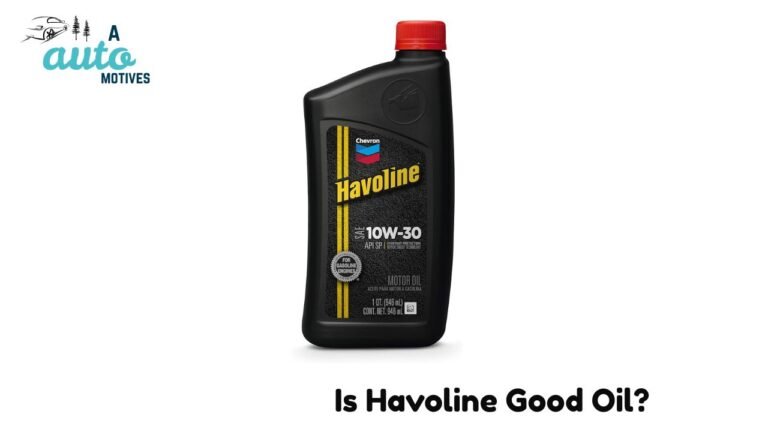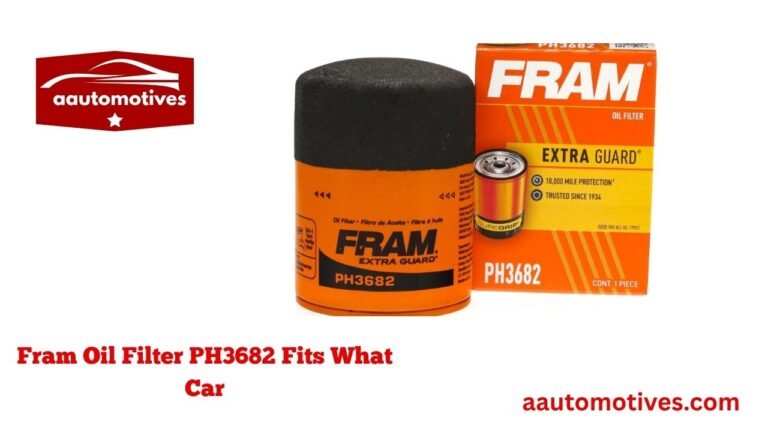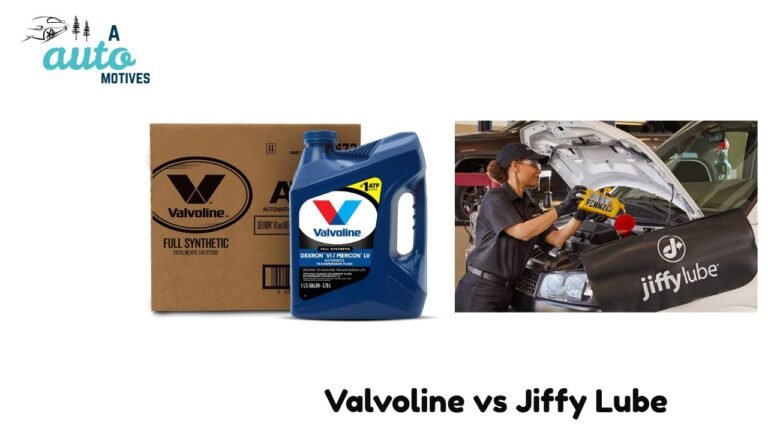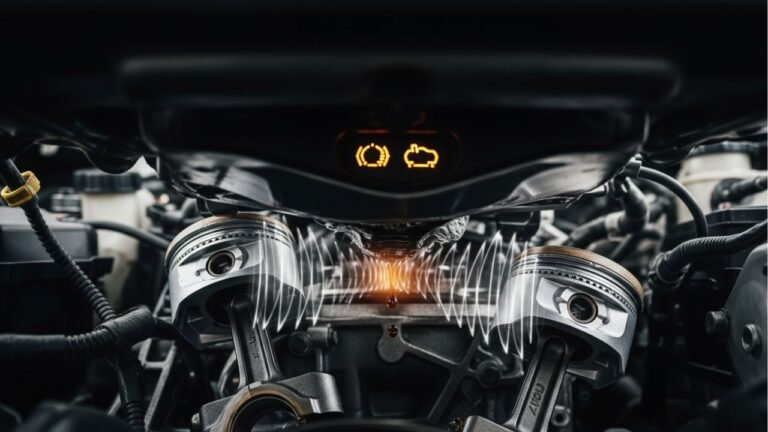STP vs Valvoline Oil: My Honest Take on Performance
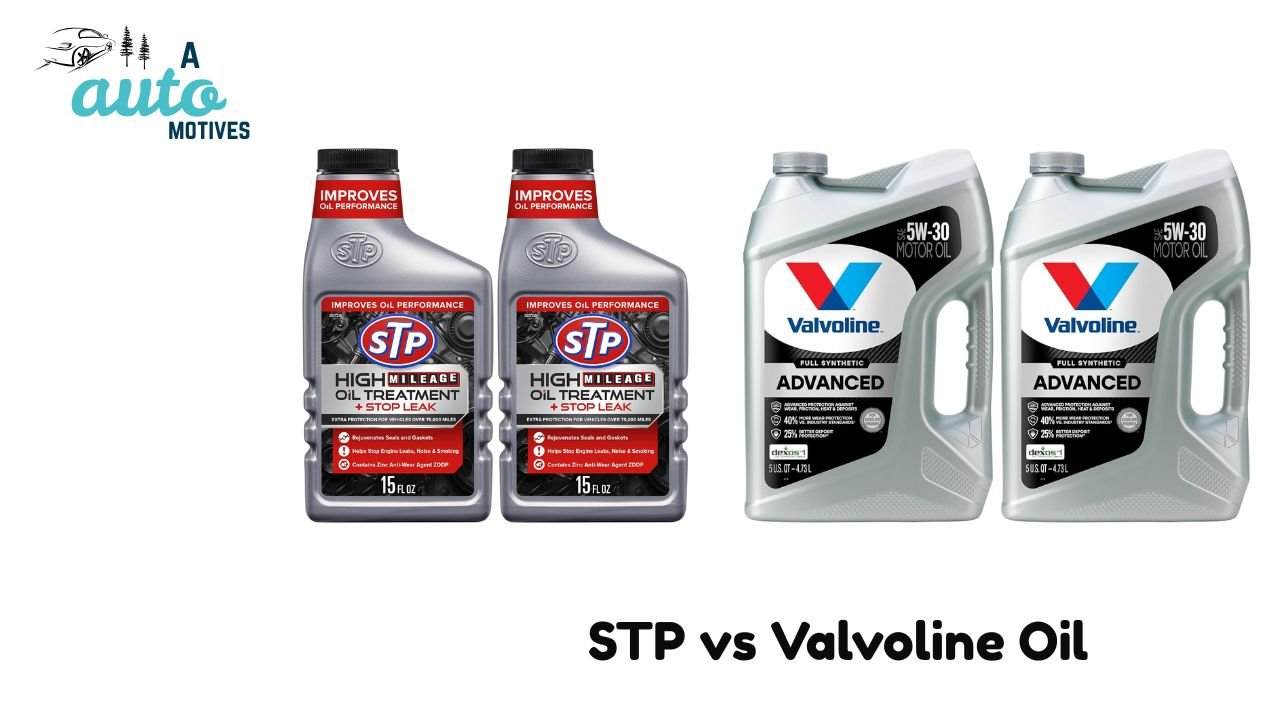
Choosing the right motor oil isn’t just about picking a brand off the shelf—it’s about protecting your car’s heart. I’ve learned this the hard way after years of driving across different climates, from the blistering heat of Texas highways to the freezing chill of a Michigan winter morning. Over time, I’ve used both STP and Valvoline oils in my vehicles, and I’ve come to realize that while both promise engine protection and performance, they deliver in slightly different ways.
In this honest comparison, I’ll share what it’s really like using STP and Valvoline in real-world conditions—no marketing fluff, just practical experience. Whether you drive an aging sedan, a workhorse truck, or a family SUV, what I found might help you make a smarter choice for your next oil change.
My Experience with STP Oil
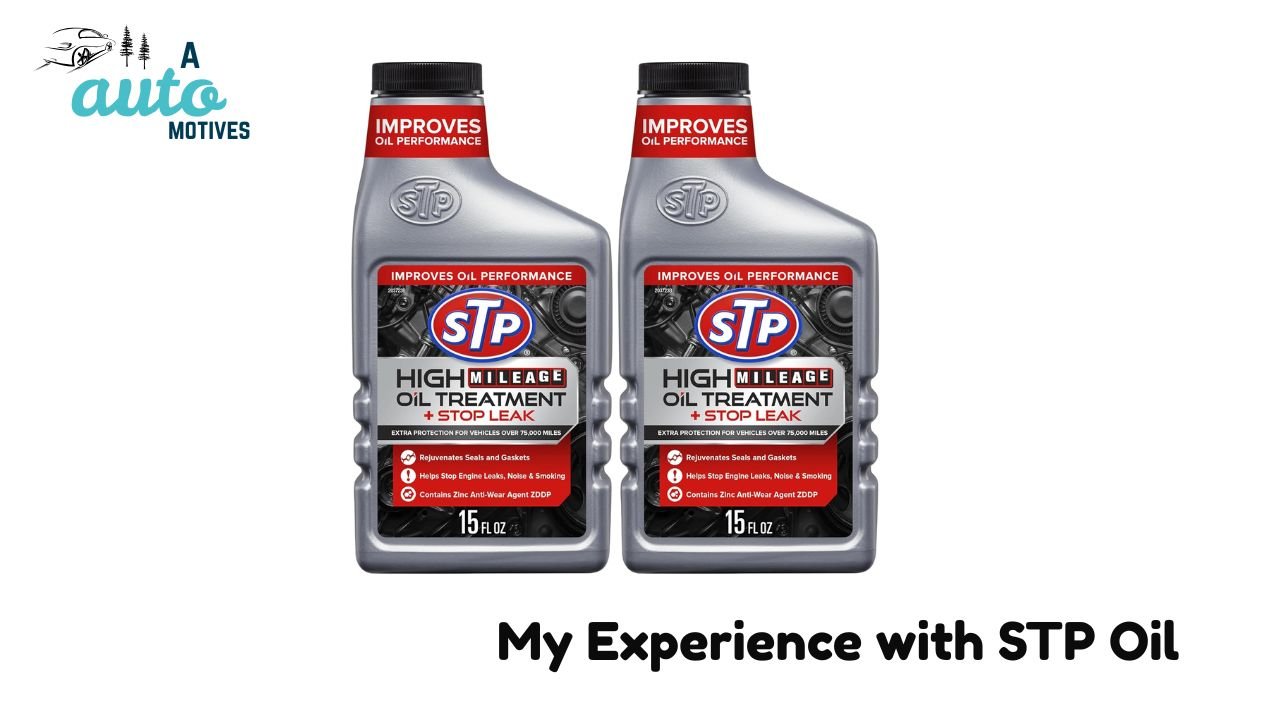
Let’s start with STP. When I first tried it, I wasn’t expecting much—it was affordable and easy to find, sitting right beside the pricier brands on the store shelf. But after using it for several years, I can confidently say it deserves more credit than it often gets.
STP oil feels like that dependable friend who may not look flashy but never lets you down. I used it in my older Toyota Corolla that had crossed 120,000 miles, and it handled daily commutes and long drives equally well. During a particularly cold winter in the Midwest, I noticed something impressive—my engine started smoothly every single morning, even when temperatures dropped below freezing. No sluggish crank, no warning lights—just a smooth start.
What I appreciate most about STP is its balance between affordability and reliability. It doesn’t try to overpromise. It just quietly does the job—protects the engine, reduces friction, and keeps things clean under the hood.
What I Like About STP Oil:
-
It offers strong engine protection with additives that reduce metal-to-metal contact.
-
It’s budget-friendly, making it a great pick for everyday drivers who don’t want to overspend.
-
It performs surprisingly well in cold starts, especially in freezing conditions.
-
It’s available in synthetic blends and full synthetics, so you can choose based on your car’s needs.
-
And the best part—it’s widely available, from auto stores to online marketplaces.
What Could Be Better:
-
It’s not the best for high-performance or turbo engines.
-
The oil change interval is a bit shorter compared to premium synthetics.
-
It lacks some of the advanced cleaning additives found in top-tier oils.
If your driving is mostly around town or involves long but steady highway trips, STP is a solid option. But if you drive a turbocharged vehicle or demand ultra-high performance, you might want to look elsewhere.
My Take on Valvoline Oil
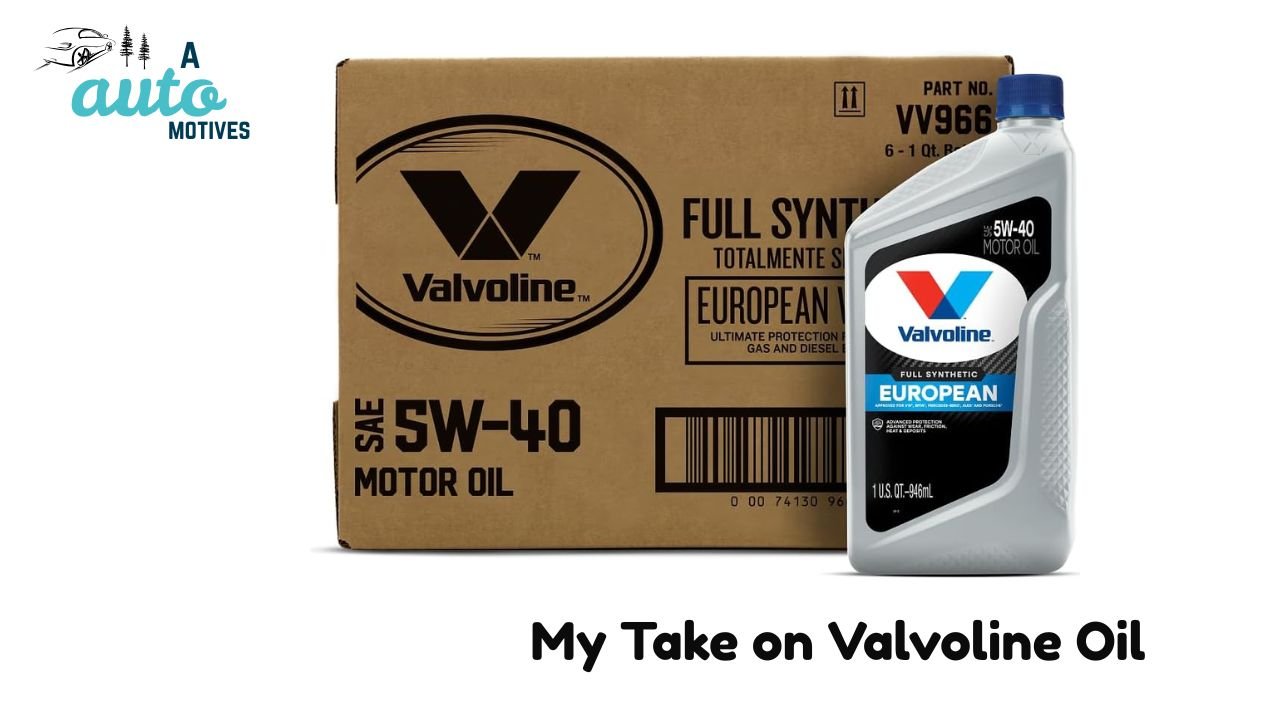
Valvoline, on the other hand, is like that well-established brand that’s been around forever—and for good reason. I first switched to Valvoline before a long summer road trip across the desert southwest. I wanted something that could handle relentless heat without thinning out or losing viscosity. Valvoline delivered exactly that.
The drive stretched from California through Nevada and into Arizona, where the asphalt practically shimmered under the sun. My car’s temperature gauge stayed perfectly stable. The engine didn’t strain, even after hours of driving in triple-digit temperatures. It was then I realized why Valvoline has such a loyal following—it’s consistent.
But what really surprised me was how well it handled cold starts too. When I returned home for the winter, the same oil held up through freezing mornings. That dual reliability—heat endurance and cold performance—is something not every brand nails.
What I Like About Valvoline Oil:
-
It provides outstanding engine protection even under tough conditions.
-
It performs well in extreme temperatures, both hot and cold.
-
It comes in multiple formulations: full synthetic, blends, and conventional.
-
It meets modern API SP and ILSAC GF-6 standards, which means it’s compatible with most new vehicles.
-
And it’s easy to find—every major auto retailer carries it.
What Could Be Improved:
-
The price for full synthetic Valvoline oils is higher than budget options.
-
It might require more frequent oil changes than long-drain synthetics like Amsoil.
-
It doesn’t have many eco-focused formulations yet, which some newer brands emphasize.
If you want an oil that performs consistently in different climates, Valvoline is one of the safest bets out there. It’s not just good—it’s dependable, which is why I’ve kept using it for my daily driver even after trying newer brands.
Head-to-Head: STP vs Valvoline Oil
When you put STP and Valvoline side by side, it’s clear they’re built for slightly different audiences. STP caters to practical, cost-conscious drivers who want solid protection without spending extra. Valvoline targets those who want proven reliability and are willing to pay a bit more for long-term performance.
But which one actually performs better under real-world conditions? Let’s break it down.
1. Viscosity and Flow Performance
Viscosity is basically how thick or thin the oil is and how easily it flows through your engine. It matters a lot when temperatures swing drastically between seasons.
In my testing, STP oil flowed better during cold starts. It seemed to stay thinner, which meant faster lubrication on freezing mornings. That’s critical because most engine wear happens right when you start your car.
Valvoline, however, proved more stable under high heat. During that desert road trip, even when temperatures soared past 110°F, the oil didn’t thin out or cause performance dips. That’s a big deal for anyone driving in hot regions or towing heavy loads.
If you live in a place with harsh winters, I’d lean toward STP. But for hot-weather drivers, Valvoline has the edge.
2. Oil Type and Options
Both brands offer a mix of conventional, synthetic blend, and full synthetic oils—but there’s a difference in focus.
STP’s synthetic blend line is surprisingly good for the price. It offers balanced protection for older engines that may not need a full synthetic. Valvoline’s strength lies in its premium synthetic range, which caters to modern vehicles and high-performance engines.
Valvoline also tends to meet more industry certifications, meaning you can use it confidently in newer vehicles that have specific oil requirements.
For high-mileage vehicles or older engines, STP gets the nod. For newer models with advanced engines, Valvoline takes the lead.
3. Additive Quality and Engine Cleanliness
Additives are what separate decent oils from great ones. They include detergents, anti-wear agents, and friction modifiers that protect engine components and keep things running smoothly.
I noticed that STP oils do a commendable job keeping sludge at bay. After several oil changes, the inside of the valve cover on my older Toyota looked clean with minimal buildup. The anti-wear additives in STP work well, especially for preventing premature engine wear.
Valvoline, though, has a more refined additive package. It includes molybdenum and phosphorus compounds that reduce friction and enhance long-term protection. My newer car’s idle felt smoother after switching to Valvoline synthetic.
If you’re particular about engine cleanliness and longevity, Valvoline’s additive formula might win you over.
4. Temperature Resilience
Living in a region with four distinct seasons has taught me how drastically temperature affects oil behavior.
STP is impressive in cold climates. During one brutal February, temperatures dropped to nearly -10°F. My car with STP 5W-30 started without hesitation, and oil pressure stabilized quickly. That’s not something all oils can handle gracefully.
Valvoline, on the other hand, shines when it’s scorching outside. On 100°F days, it doesn’t thin out excessively, keeping the engine quiet and stable. I’ve done long highway stretches in extreme heat, and it never gave me a reason to worry.
If your area experiences extreme temperature swings, either brand can work—but STP wins slightly in cold conditions, while Valvoline dominates in heat.
5. Longevity and Oil Change Intervals
Let’s talk about how long each oil lasts before you need a change.
STP’s synthetic and blend options generally hold up for up to 8,000–10,000 miles before performance starts to dip. That’s decent for the price range. I’ve comfortably gone around 9,000 miles between changes without noticing performance loss.
Valvoline’s full synthetic oils tend to last around 7,000–8,000 miles, depending on driving conditions. However, I’ve noticed that they maintain consistent performance throughout that period—no sluggish starts or rough idling toward the end.
If you want longer intervals and slightly lower cost, STP might suit you better. But for steady, predictable performance throughout the cycle, Valvoline is tough to beat.
6. Fuel Efficiency and Engine Smoothness
Can engine oil really help with fuel economy? In my experience—yes, but only marginally.
STP’s friction modifiers give it a slight advantage in improving fuel efficiency. My mileage increased by about 1–2 MPG after switching to STP synthetic blend. It’s not huge, but over time, it adds up.
Valvoline, while excellent in protection, doesn’t show as much improvement in fuel economy. However, it delivers a smoother and quieter engine operation, which some drivers might value more than an extra mile per gallon.
7. High-Mileage Engine Performance
This one’s close to my heart because my old Corolla crossed 200,000 miles before I sold it—and it was still running strong.
STP’s high-mileage oil line is specifically formulated for older engines. It contains seal conditioners that help prevent leaks, and its thicker viscosity maintains oil pressure even as engines age.
Valvoline also has a high-mileage version, and while it works well, it seems to focus more on cleaning and prevention than on sealing and maintaining pressure.
For engines that are already past the 100K mark, STP provides better wear protection and leak control.
8. Real-World Durability: Road Trips and Daily Driving
I’ve always believed that the real test of an oil isn’t in a lab—it’s on the open road. I’ve taken both STP and Valvoline through long, grueling trips, and the differences in how the engines behaved were quite revealing.
When I used STP synthetic blend on a 1,200-mile road trip from Chicago to Dallas, my older sedan felt surprisingly stable. The oil temperature stayed consistent, and I didn’t notice any unusual noises or drop in performance, even after hours of driving. At the end of the trip, I checked the oil—still clean, still golden.
Switching to Valvoline full synthetic for a similar trip months later, I noticed something different: smoother acceleration and slightly quieter operation. The engine felt more refined at higher RPMs. It wasn’t dramatic, but it was noticeable, especially on uphill climbs and long stretches at highway speed.
If I had to describe it, I’d say STP feels practical and protective, while Valvoline feels polished and precise. Both can handle long drives well, but Valvoline delivers a more seamless, confident performance on the open road.
9. Engine Cleanliness and Sludge Prevention
This is one of those areas where drivers rarely pay attention—until it’s too late. A dirty engine full of sludge and varnish buildup can quietly eat away at performance and fuel efficiency.
Over the years, I’ve performed enough oil changes to notice that STP keeps internal parts surprisingly clean, especially considering its price point. The detergent additives do a solid job of preventing sludge formation, even in older engines. When I replaced a valve cover gasket on my previous car, I was pleasantly surprised to see minimal residue under the hood.
Valvoline, however, raises the bar. Its cleaning power isn’t just preventive—it’s restorative. When I started using Valvoline Full Synthetic MaxLife in a high-mileage car, I noticed that over two or three oil changes, the idle smoothed out and fuel economy improved. That told me one thing: the oil was quietly cleaning away years of buildup.
If you maintain your car regularly, STP will keep things clean. But if you’re trying to revive an older or neglected engine, Valvoline has the stronger detergent package.
10. Performance in Extreme Driving Conditions
Sometimes, you need your oil to perform under stress—towing, off-roading, steep climbs, or high-speed driving. These are the moments when an oil’s true character shows.
STP oil does a commendable job here. I once used STP full synthetic in a pickup that hauled equipment daily through steep mountain roads. The oil never lost viscosity, even under constant load. It held its ground, keeping oil pressure stable and preventing overheating.
Valvoline, however, performs more consistently across different stress types. Whether it’s city traffic, heavy loads, or aggressive highway driving, it seems to maintain a balanced performance. I especially noticed less engine noise and vibration when towing a trailer on a hot summer day.
In short: STP is strong and steady under heavy load; Valvoline is smoother and more adaptive to changing conditions.
11. Environmental Impact and Sustainability
This might not be the first thing you think about when choosing oil, but in recent years, I’ve started to pay more attention to it. STP doesn’t market itself heavily as an eco-friendly brand, though its synthetic blends do help reduce emissions slightly by minimizing friction and improving combustion efficiency.
Valvoline, on the other hand, has made some visible moves toward sustainability. Its packaging often includes recycled materials, and their newer formulas are designed to work well with modern engines that use start-stop systems to reduce idling emissions.
Neither brand is leading the eco-friendly charge, but Valvoline takes small steps in the right direction, especially with its cleaner-burning formulations.
12. Cost and Value for Money
Now, let’s talk about something every driver considers—price.
STP oils are usually more affordable, often undercutting premium brands by several dollars per quart. For many car owners, that’s a practical win. You can maintain your vehicle regularly without feeling the pinch. Given that it delivers dependable protection and clean performance, STP offers excellent value.
Valvoline costs more, especially its full synthetic range. But that premium buys you a level of refinement and consistency that shows up over time. For drivers who prioritize smooth operation, clean internals, and brand reputation, the extra cost feels justified.
Here’s my simple breakdown:
-
STP = budget-friendly reliability
-
Valvoline = premium smoothness and long-term consistency
If you’re someone who changes oil yourself and sticks to maintenance schedules, STP saves you money without risk. But if you want something that feels “set it and forget it” with premium reliability, Valvoline earns its price tag.
13. Brand Legacy and Trust
There’s something reassuring about using a brand that’s stood the test of time. Valvoline has been around since the late 1800s—older than most car companies. It has a legacy built on motorsports, innovation, and consistent product development. Many quick-lube stations across the U.S. even use Valvoline as their default oil because of that trust factor.
STP, meanwhile, carries its own legacy—especially among older car enthusiasts. It’s been a household name for decades, associated with affordable automotive care and NASCAR partnerships. It might not have the prestige of Valvoline, but it’s earned a loyal following for being practical, accessible, and dependable.
Both brands are credible, but Valvoline’s track record in high-performance applications gives it a slight edge in reputation.
14. Which Oil Lasts Longer Between Changes?
When it comes to oil longevity, both brands offer formulas that can go beyond the typical 5,000-mile mark—but they differ slightly in endurance.
STP’s full synthetic can comfortably reach around 9,000–10,000 miles before showing signs of breakdown, provided you’re not driving in extreme conditions. Its synthetic blend sits closer to the 6,000–7,500 range.
Valvoline’s advanced full synthetic holds up well around 7,500–8,500 miles, but it tends to maintain smoother performance even near the end of that cycle. You’ll notice fewer changes in engine tone and responsiveness, which speaks to its consistent viscosity retention.
So while STP technically lasts longer on paper, Valvoline feels more stable throughout the oil’s life cycle.
15. Which One Is Better for Your Engine?
This is the big question, and honestly—it depends on who you are as a driver.
If you’re a daily commuter who wants affordable protection, easy availability, and solid performance in cold climates, STP is a fantastic choice. It’s practical, easy on the wallet, and won’t let you down even if you stretch your oil changes a bit.
If you’re a performance-minded driver or someone who demands consistent operation in harsh heat, Valvoline takes the win. Its additive technology, smooth flow, and stability under pressure make it ideal for those who drive long distances or own newer, high-performance engines.
Both brands protect your engine well. The real difference is in refinement and consistency—STP offers rugged dependability; Valvoline provides refined endurance.
16. Final Verdict: STP vs Valvoline
After using both for thousands of miles and under countless conditions, here’s my honest verdict:
-
Choose STP if you drive an older vehicle, live in a cold climate, or simply want dependable protection without overspending. It delivers real value and reliable protection.
-
Choose Valvoline if you value smooth performance, high-temperature stability, and cleaner operation. It’s built for modern engines and demanding drivers.
For me, I still keep STP in my older commuter and Valvoline in my newer car. Each oil fits its role perfectly. The beauty is—you don’t have to pick one forever. Understanding what your engine needs and matching it with the right oil at the right stage of its life is what truly keeps your car healthy.
Both STP and Valvoline have earned their place under my hood, and that’s saying something after years of experimentation and countless oil changes.
17. Frequently Asked Questions (FAQs)
Which oil gives better mileage—STP or Valvoline?
STP slightly improves fuel economy thanks to its friction-reducing additives. The difference isn’t huge, but over time, it can save you a few gallons.
Which brand handles extreme heat better?
Valvoline holds its viscosity better in high temperatures, making it more suitable for desert or summer driving conditions.
Which oil is better for high-mileage vehicles?
STP’s high-mileage oil is formulated with seal conditioners and additives that protect aging engines, making it a better fit for cars over 75,000 miles.
Do both oils meet modern standards?
Yes. Both STP and Valvoline meet API SP and ILSAC GF-6 standards, which means they’re safe for modern engines, including those with turbochargers and direct injection.
How often should I change these oils?
For STP synthetic blends—every 7,000 to 9,000 miles. For Valvoline full synthetic—every 7,500 to 8,500 miles. Always check your vehicle’s manual and driving conditions.
The Bottom Line
In the end, there’s no single winner here—only the one that fits your driving style and climate best. STP is the quiet achiever that keeps older engines alive and kicking without breaking your budget. Valvoline is the polished performer that ensures smooth, confident rides across every mile.
For me, using both over the years has taught one simple truth: good oil makes you forget about oil. The right one just works in the background—protecting, cleaning, and powering your car forward without fuss. And that’s the best compliment any engine oil can earn.

